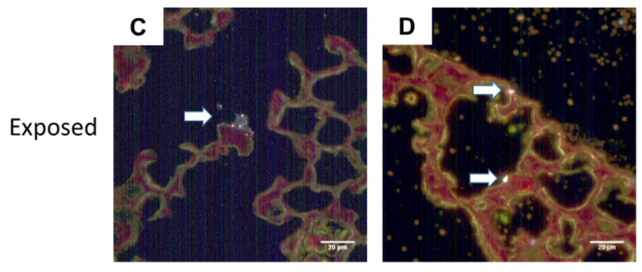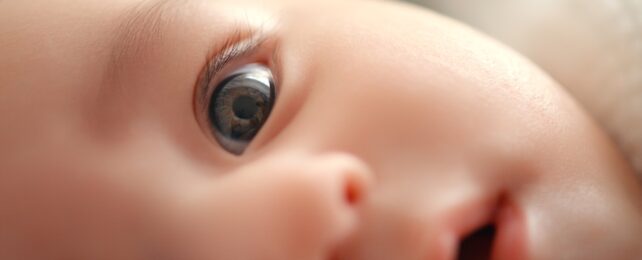It's increasingly clear that microplastics are everywhere, but scientists are still learning about how bad the health implications could be.
Now a new study in mice shows these tiny bits of plastic can be passed from a mother into their unborn offspring, where they persist beyond birth.
Previous studies have shown that micro and nanoplastics (MNPs), smaller than grains of sand, can pass into the placenta. This latest research finds the tiny plastic fragments can remain in the growing mouse pup for at least two weeks after birth, according to this data.
The research team behind the study, from Rutgers University, found plastic traces in the lungs, hearts, livers, kidneys, and brains of the newborn mice, after the pregnant mothers inhaled fragments of polyamide-12 (PA-12), a type of nylon.

While it can't be ruled out that some fragments may have been passed through the mother's milk after birth, their very presence from such early pivotal moments in development should be a cause for alarm.
"Nobody wants plastic in their liver," says Phoebe Stapleton, an associate professor of pharmacology and toxicology at Rutgers University. "Now that we know it's there – as well as in other organs – the next step is to understand why and what that means."
As plastic products break apart and spread through the environment, they can enter the human body through the food we eat, water we drink, and even the air we breathe.
If these findings in mice apply to humans – and there are good biological reasons to believe that they do – then children are coming into the world with a microplastic load already embedded in their organs and tissues.
Quite what that means for our health remains to be seen, but it's definitely not a positive. We've already seen microplastic pollutants linked to an increased risk of cardiovascular disease, but there remain a lot of questions about what the long-term implications of all this MNP exposure might be.
We do know that exposure to pollutants and chemicals early in life can significantly increase the risk of health problems and chronic illnesses further down the line, and that's most probably going to apply to microplastics too.
"These results raise concerns for the toxicological impacts associated with MNPs exposure, maternal-fetal health, and systemic MNPs particle deposition,".the researchers write in their published paper.
Despite the warnings in terms of environmental pollution and health impacts, as a species we're showing no signs of being able to kick our plastic habit. It's deeply embedded in almost every part of modern life, and around the world we're currently producing more than 450 million tonnes of the material each year.
Work continues to explore ways in which more of that plastic might be recycled and kept out of our bodies, and future generations are relying on us to figure this out.
"I don't think we'll ever get rid of plastics altogether," says Stapleton. "They're too important for modern life."
"But I do think we might get to a point where we'll have some policies to indicate which ones are less toxic than others."
The research has been published in Science of the Total Environment.
